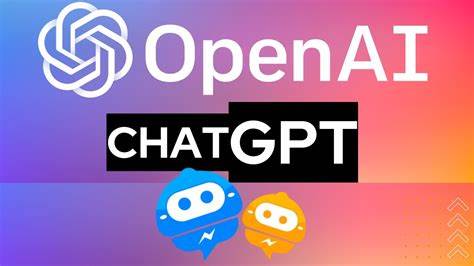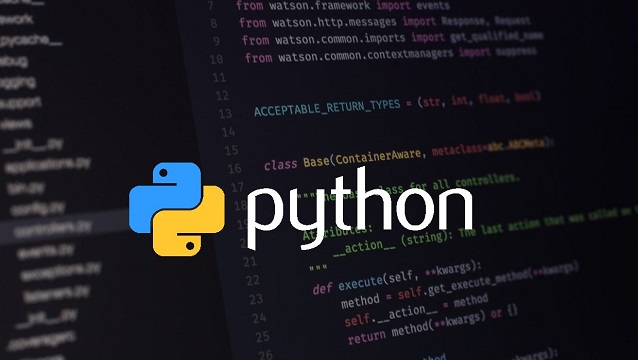Table of Contents
What Are chatGPT’s Features?
ChatGPT is a large language model trained by OpenAI that can generate human-like text. Some of its features include:
- Generating text in a variety of formats, including conversational text, stories, and articles
- Answering questions
- Summarizing text
- Translating text
- Generating code
- Generating poetry and song lyrics
- Generating text with specific attributes, such as style or tone
- Generating text in multiple languages
How Does chatGPT Work?
ChatGPT is a neural network-based model that is trained on a large dataset of text. It uses a transformer architecture, which is a type of neural network that is particularly well-suited to processing sequential data, such as text.
The model is trained by being presented with a large corpus of text, and learning to predict the next word in a sentence, given the words that come before it. During training, the model learns patterns and relationships in the text, such as grammar and word usage, which it can then use to generate new text that is similar to the text it was trained on.
When generating text, the model takes an initial input, such as a prompt or a starting sentence, and uses its trained knowledge of patterns and relationships to generate new text that is a continuation of the input. The generated text can be fine-tuned using specific attributes such as tone, style, or subject matter. The model is also capable of answering questions and summarizing text as well.
It’s important to note that ChatGPT is a machine learning model and it’s output is based on the data it was trained on, so it may produce biased or incorrect information, specially if the training data have such biases
What Are the Advantages of Using chatGPT?
There are several advantages of using ChatGPT:
- Efficiency: ChatGPT can generate large amounts of text quickly and easily, which can save time and resources compared to manual text generation.
- Consistency: ChatGPT can generate text that is consistent in terms of style, tone, and subject matter.
- Personalization: ChatGPT can generate text that is tailored to a specific audience or purpose by fine-tuning the model with specific attributes.
- Versatility: ChatGPT can generate a wide variety of text, including conversational text, stories, articles, poetry, song lyrics, and even code, which makes it a useful tool for many different applications.
- Multilingual: ChatGPT can generate text in multiple languages, making it a useful tool for multilingual applications.
- Cost-effective: ChatGPT can generate text at a lower cost than manual text generation, especially when the goal is to generate large amount of text.
- Answering questions: ChatGPT is able to understand the questions and generate responses based on the knowledge it was trained on.
- Summarizing: ChatGPT can summarize long text into shorter version while keeping the main ideas.
It’s important to note that while ChatGPT has many advantages, it’s a machine learning model and it’s output is based on the data it was trained on, so it may produce biased or incorrect information, specially if the training data have such biases
Examples of How to Use chatGPT for Customer Service
· Personalized Recommendations: chatroom gpt can be used to generate personalized product or service recommendations for customers based on their browsing or purchase history.
· Language Translation: chatroom gpt can be used to translate customer inquiries and support responses into different languages, making it easier for companies to provide support to customers in multiple languages.
· Sentiment Analysis: chatroom gpt can be used to analyze customer feedback and determine the overall sentiment of customer interactions, which can help companies to identify areas of improvement for their products or services.
· Text Summarization: chatroom gpt can be used to summarize long customer inquiries or feedback, making it easier for customer support teams to quickly understand the main issues or concerns.
· Customized Scripts: chatroom gpt can be fine-tuned to generate scripts for customer service representatives, which can help to ensure that all interactions are consistent, professional and effective
FAQs About chatGPT
- What is chatroom gpt? chatroom gpt is a large language model trained by OpenAI that can generate human-like text. It uses a transformer architecture and is trained on a large dataset of text, learning to predict the next word in a sentence, given the words that come before it.
- What are the use cases for chatroom gpt?chatroom gpt can be used for a wide range of applications, including chatbots, automated text generation, question answering, summarization, code generation, poetry and song lyrics generation, text with specific attributes generation, and multi-language text generation.
- How can chatroom gpt be fine-tuned? chatroom gpt can be fine-tuned by providing it with a smaller dataset of text that is specific to a particular application or task. This is done by training the model on the smaller dataset while keeping the pre-trained weights from the larger dataset.
- Is chatroom gpt biased? Like any machine learning model, chatroom gpt can perpetuate the biases present in its training data. It’s important to be aware of these biases and take steps to mitigate them when using the model.
- How does chatroom gpt differ from other language models? chatroom gpt is a transformer-based language model and it’s known for its ability to generate human-like text. It’s also one of the largest models available with 175 billion parameters. Other models, such as GPT-2 and BERT, also use transformer architectures and are trained on large datasets, but have slightly different capabilities and are used for different tasks.
- How can I access chatroom gpt? chatroom gpt can be accessed through the OpenAI API, which allows developers to use the model in their own applications. There are also several pre-trained versions of the model that can be fine-tuned for specific tasks.






